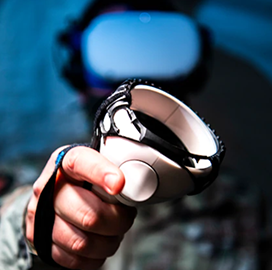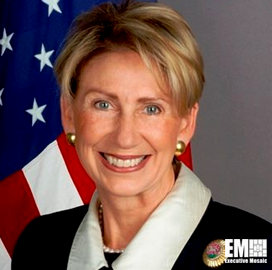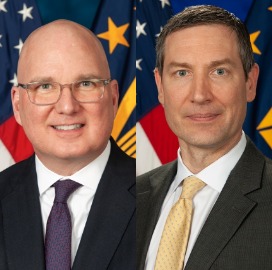Boeing has appointed Jinnah Hosein as vice president of Software Engineering, effective immediately, to strengthen the company’s software engineering across the enterprise. Hosein will report to Greg Hyslop, Boeing chief engineer and senior vice president of Engineering, Test and Technology.
"The continued advances in software makes excellence in software engineering an imperative for our business," said Hyslop. "Jinnah will be charged with defining and leading Boeing's strategy for software engineering, which includes providing capabilities, technologies, processes and secure and accurate systems to meet the needs of all our customers across the entire product life cycle."
Hosein brings extensive experience as a software engineering leader across several innovative, high-tech companies.
With Boeing, Hosein will lead a new, centralized organization of engineers that currently support the development and delivery of software embedded in Boeing's products and services. The team will also integrate other functional teams to ensure engineering excellence throughout the product life cycle.
Prior to joining Boeing, Hosein served as vice president of Software Engineering for Aurora, a self-driving vehicle company. In the role, he led the company's software organization for the development of vehicles and created Aurora's high-integrity software life cycle to deploy autonomous architecture to on-road vehicles.
Before his tenure with Aurora, Hosein held leadership roles at SpaceX, where he led software development for Falcon, Falcon Heavy, Dragon, Crew Dragon and other flight vehicles, and at Tesla, where he helped develop autopilot software.
In addition, he served as Google's director of software engineering for cloud networking and was one of the original members of Google's Site Reliability Engineering team.
"Safety, quality and integrity underpin the mission of our software engineering team, and building on this solid foundation, Jinnah will be a transformational leader for Boeing," said Dave Calhoun, Boeing president and CEO. "Jinnah's broad experience and fresh perspective will elevate our performance and accelerate the important work we've already begun in this area."









